-
Menu
- Plan Your Visit
- Meet The Animals
- Check Out Events
- Memberships
- About The Zoo
- Support the Zoo
- Conservation
- Education
- Groups & Private Events
- Zoo News
- Contact
- Zoo Store
- Indianapolis Prize
- Global Center for Species Survival
- Schedule
- Donate
- Membership
- Tickets

- Plan Your Visit
- Meet The Animals
- Check Out Events
- Memberships
- About The Zoo
- Support the Zoo
- Conservation
- Education
- Groups & Private Events
- Zoo News
- Contact
- Zoo Store
- Indianapolis Prize
- Global Center for Species Survival
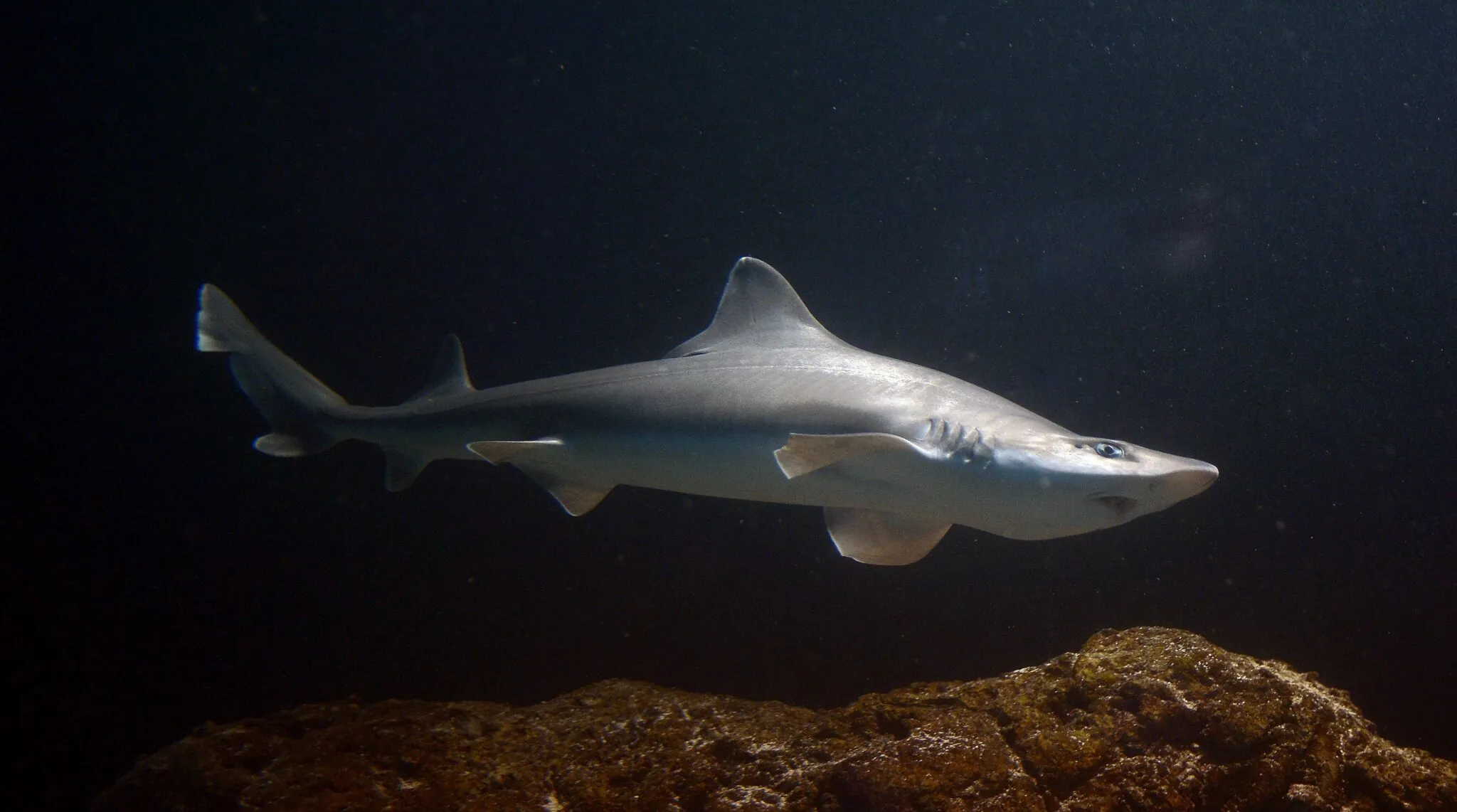
Sharks
About
Sharks come in many sizes and live in oceans around the world. Most have small teeth are not aggressive to people. Their bodies are supported by cartilage rather than bone. As they swim along, they use electric signals or their sense of smell to find prey to eat. Some sharks, like those at the Indianapolis Zoo, are adapted to life in shallow coral reefs and tide pools, feeding with small teeth on invertebrates and small fish. Different shark species have different strategies for finding food and avoiding predators: some are nocturnal, some patrol the sea bottom alone and others gather in schools. They often blend in to their habitat with dark and light colors, spots and other patterns.
Female sharks can reproduce once they reach an adult size. In some species, like epaulette sharks and coral catsharks, females lay egg cases that protect one or more eggs. Other sharks, such as the smooth dogfish, give birth to live young!
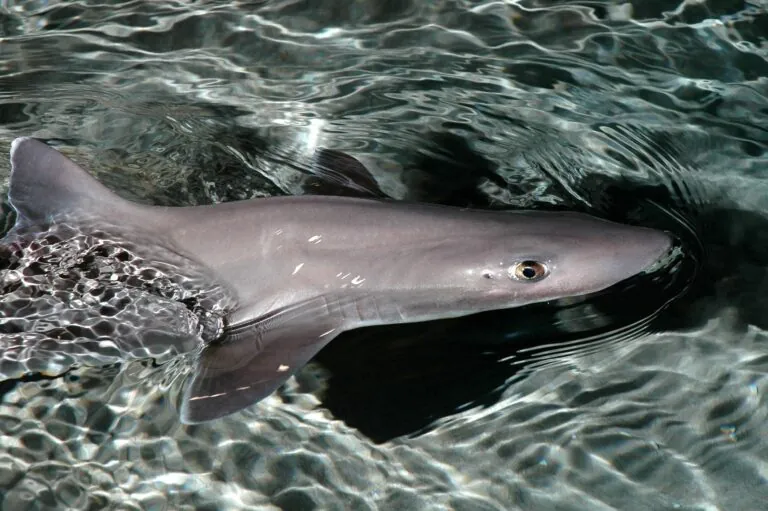
Conservation
Some sharks are threatened with extinction, facing threats from the fishing industry. You can help protect ocean wildlife by choosing sustainable seafood. The Seafood Watch program can teach you how!

As you go through the Oceans exhibit, don’t miss the highlight of this experience — the Firestone Gallery featuring the nation’s largest shark touch pool.
WHERE ARE THEY AT THE ZOO?

Meet the Sharks
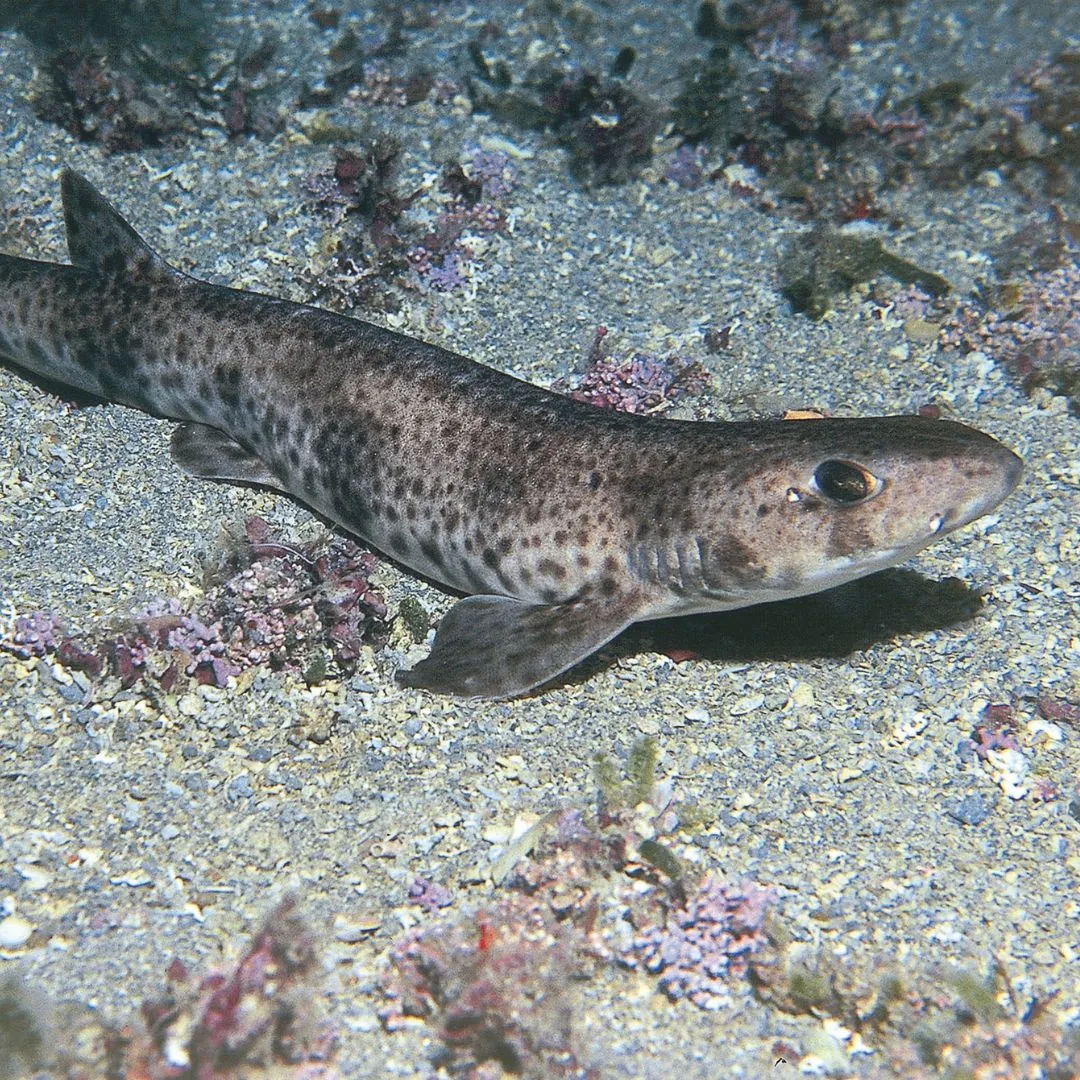
Brown with white spots and cat-eye-shaped eyes; live in oceans near Southeast Asia. IUCN Red List status: Near Threatened due to the fishing industry
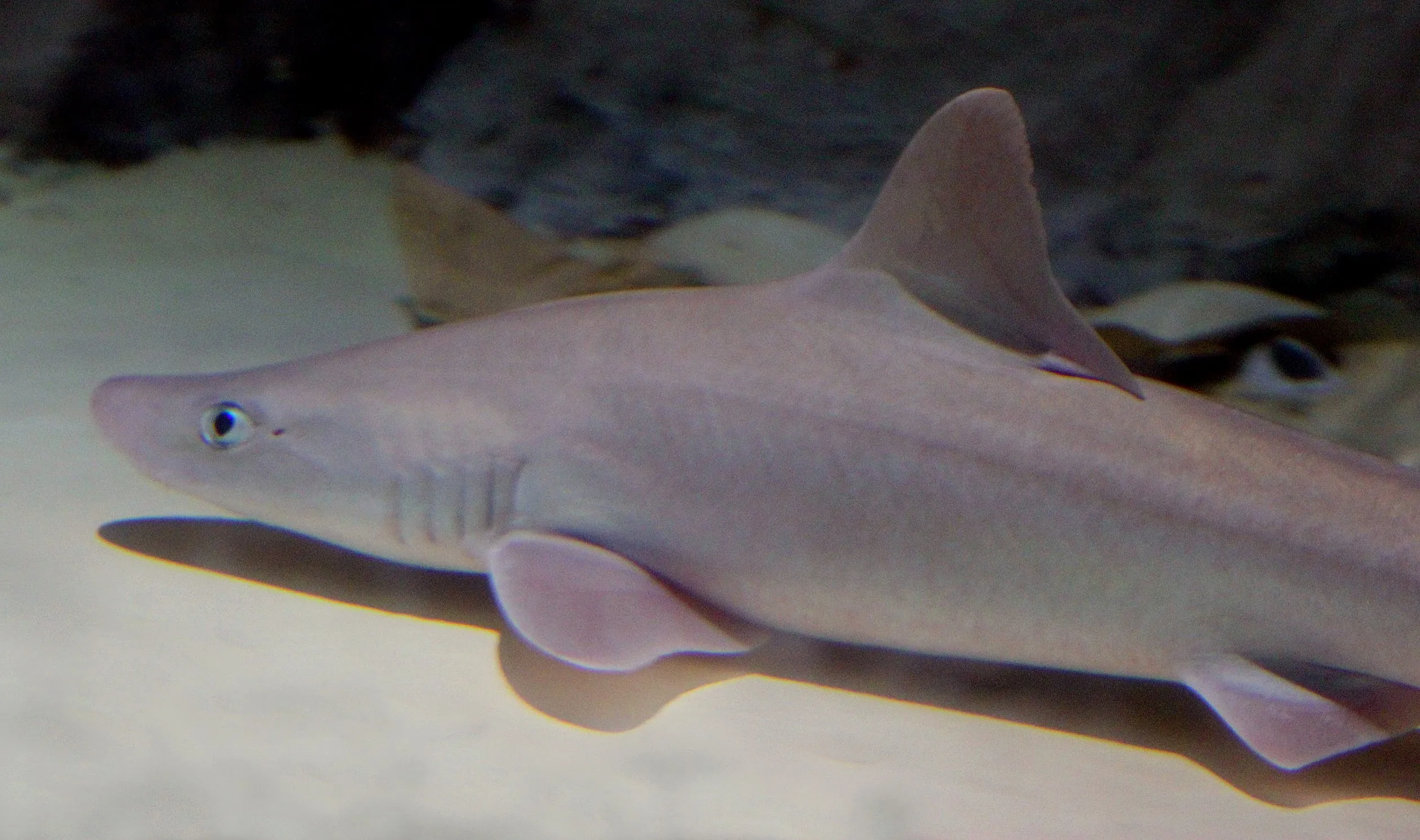
Grey with two fins on their back; live along the east coast of the U.S. IUCN Red List status: Near Threatened due to the fishing industry
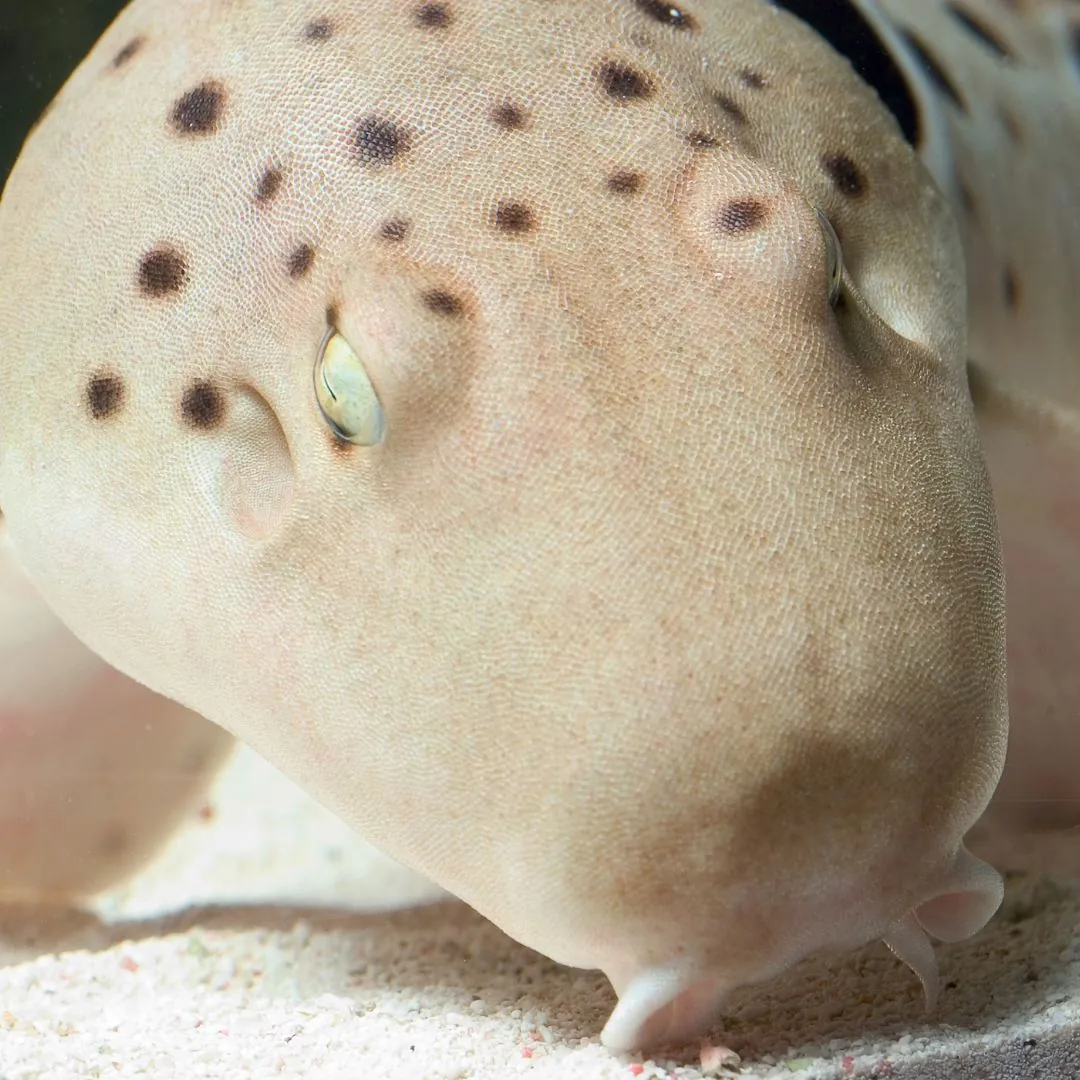
Spotted with and a larger dark spot on each side; live off the coast of Australia. IUCN Red List status: Least Concern with some threats from the fishing industry
